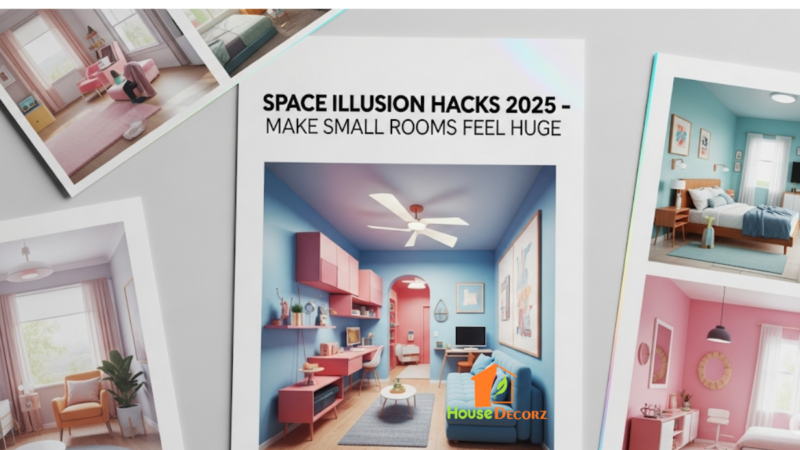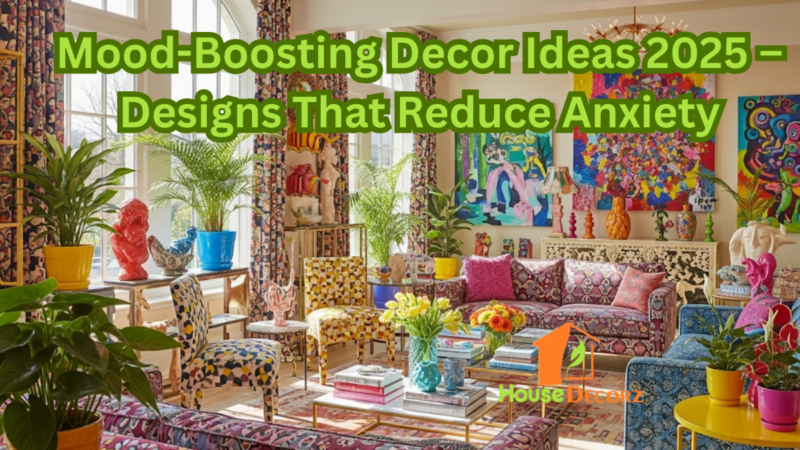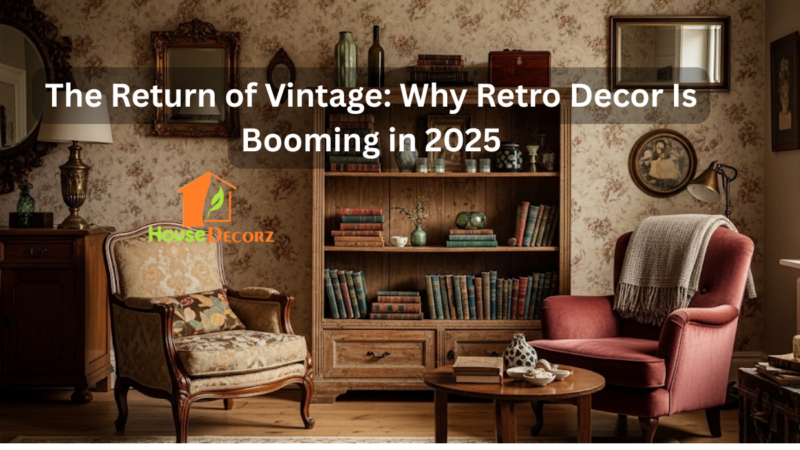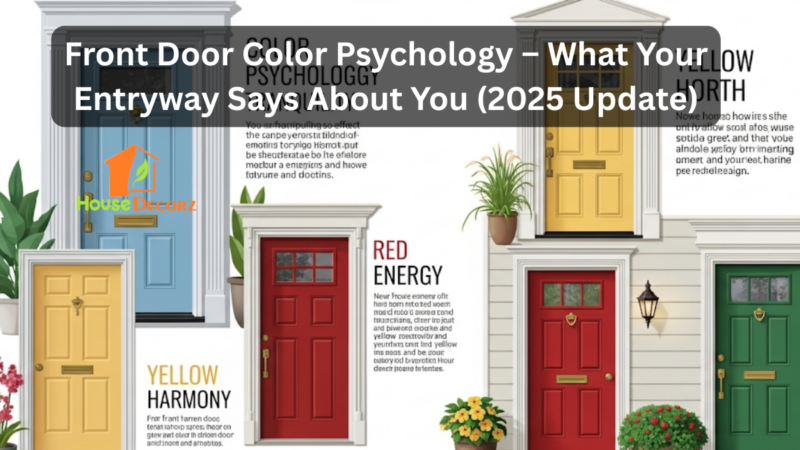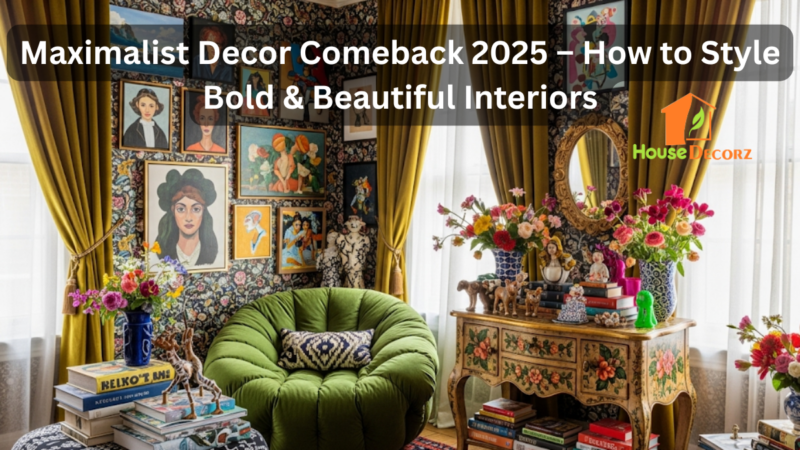What Is Biophilic Design and Why It’s Taking Over Homes in 2025
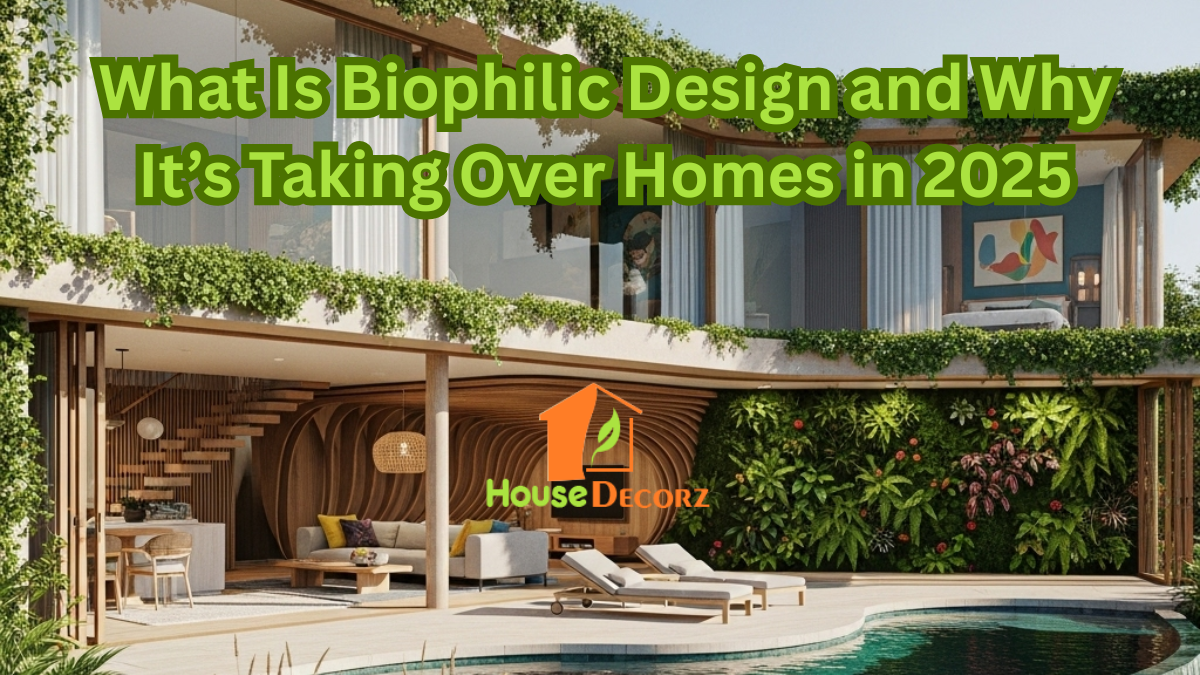
The way we design our homes is evolving—and biophilic design homes are at the forefront of this transformation in 2025. As more people seek wellness-focused environments, the concept of blending natural elements into living spaces is rapidly gaining momentum.
Biophilic design isn’t just about aesthetics; it’s a science-backed approach to enhance our physical, emotional, and mental well-being by reconnecting us with nature.
In a world where digital overload and urban sprawl dominate our daily lives, incorporating nature in decor offers a refreshing shift toward healthier, happier homes.
What Is Biophilic Design?
Biophilic design is an architectural and interior design strategy that emphasizes the human connection to the natural world.
The term “biophilia” literally means “love of life or living systems,” and in home design, this translates into spaces that incorporate natural materials, elements, and forms.
Think of sunlight streaming through large windows, indoor plants purifying the air, wooden furniture that brings warmth, and textures that mimic the outdoors.
It’s about creating harmony between indoor environments and nature, which in turn promotes relaxation, focus, and emotional balance.
Why Biophilic Design Is Booming in 2025
1. Wellness Is Now a Lifestyle Priority
Post-pandemic, people are more conscious than ever about their health and well-being. As a result, wellness interiors—which reduce stress and enhance comfort—are no longer a luxury but a necessity. Biophilic design directly supports this by improving air quality, light exposure, and even sleep patterns.
2. A Natural Escape from Urban Living
With the rise of remote work and smaller urban homes, people are turning to nature to compensate for a lack of green space. Biophilic design offers a daily retreat from the concrete jungle by bringing greenery, water features, and organic textures indoors.
3. Sustainable and Eco-Friendly Living
Biophilic design supports sustainability by promoting the use of natural, renewable materials such as bamboo, reclaimed wood, and stone. In a time when climate consciousness is high, eco-friendly interiors are both trendsetting and responsible.
Key Elements of Biophilic Design Homes
Natural Light and Air Flow
Maximizing natural light through skylights, floor-to-ceiling windows, or light wells is essential. Proper ventilation systems and operable windows bring fresh air in and reduce reliance on artificial cooling or heating.
Indoor Greenery
From hanging plants in kitchens to vertical gardens in living rooms, incorporating plants is a central feature. Not only do they improve aesthetics, but they also enhance air quality and humidity levels.
Organic Materials and Textures
Use materials like stone, wool, clay, and wood in furniture, flooring, and textiles. These bring a tactile connection to the natural world, reinforcing comfort and authenticity in your home.
Views of Nature
If you’re lucky enough to have a garden, terrace, or forest view, arrange your furniture to face it. If not, artwork, murals, or even large prints of landscapes can stimulate a similar calming effect.
Water Elements
Aquariums, indoor fountains, or water walls can introduce a soothing ambiance and serve as a meditative visual focal point in your space.
How to Incorporate Nature in Decor
1. Bring the Outdoors In
Use planters of various sizes throughout your home. Place potted herbs in the kitchen, leafy palms in living areas, or a peace lily in your bedroom for an instant wellness boost.
2. Choose Earth-Inspired Colors
Incorporate tones like forest green, terracotta, sand, and sky blue to create a grounded, nature-inspired palette.
3. Use Nature-Inspired Shapes
Biophilic design often includes biomorphic forms, which are shapes that mimic nature—such as curved furniture, wavy patterns, or lighting fixtures that resemble tree branches or flowers.
4. Prioritize Natural Scents
Integrate scent diffusers or candles with natural fragrances such as cedarwood, lavender, or eucalyptus to enrich your sensory experience.
Benefits of Biophilic Design for Daily Life
- Improved Focus & Productivity: Great for remote workers and home offices.
- Enhanced Mood: Natural elements help reduce stress and anxiety.
- Better Air Quality: Plants act as air purifiers.
- Healthier Sleep: Exposure to daylight regulates your circadian rhythm.
- Connection to Nature: Encourages mindfulness and emotional balance.
Recommendation
Fall Living Room Decor Ideas to Try in 2025
2025 Home Paint Color Trends in the USA: What Designers Recommend
UK Home Office Design Trends for 2025: Boost Comfort and Productivity
Hotel Decoration Ideas: Transform Your Space with Stylish and Inviting Designs
FAQs About Biophilic Design Homes
Q1: Is biophilic design expensive to implement?
A1: Not necessarily. You can start small by adding plants, using natural fabrics, and incorporating organic textures. Over time, you can upgrade with larger changes like installing skylights or switching to eco-friendly flooring.
Q2: Can biophilic design work in small apartments?
A2: Absolutely. Even a few plants, natural light, and earth-tone accents can transform a small space. Vertical gardens and hanging planters are great space-saving solutions.
Q3: What’s the difference between biophilic design and eco-friendly design?
A3: Biophilic design focuses on human connection with nature through visual and sensory elements. Eco-friendly design focuses on reducing environmental impact. The two often overlap in modern interior strategies.
Q4: Which plants are best for a biophilic interior?
A4: Great choices include snake plants, pothos, peace lilies, and fiddle leaf figs. These are not only visually appealing but also excellent for air purification.
Q5: Does biophilic design require a lot of maintenance?
A5: Not necessarily. Many plants are low-maintenance, and natural materials like wood and stone age beautifully. The key is to choose elements that suit your lifestyle and comfort level.
Conclusion
In 2025, biophilic design homes are more than just a trend—they’re a movement toward healthier, more fulfilling living.
By weaving nature in decor, embracing wellness interiors, and choosing sustainability, homeowners can create sanctuaries that nourish the body and mind.
Whether you’re doing a full remodel or simply adding a few leafy greens and earthy tones, there’s never been a better time to let nature back into your home.

